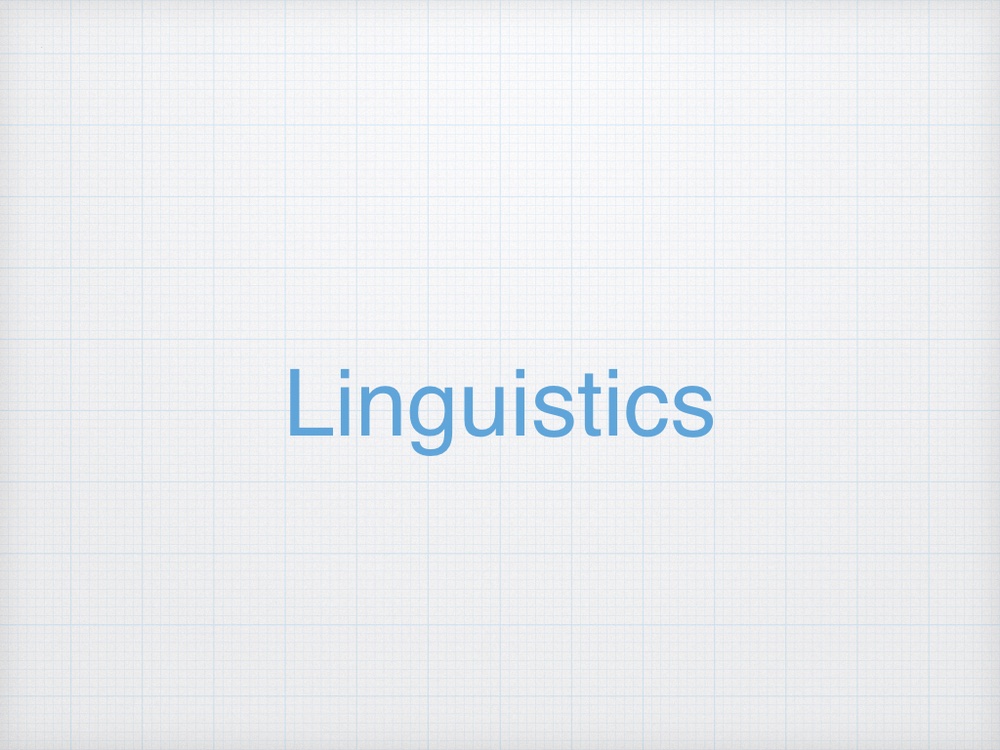進化における8つの主要な移行
生物は基本的に様々な段階を経て進化していく. この進化の段階は, どのように考えるかによって, 様々な捉え方ができる.
Szathmáry & Smith(1995)は, この進化の段階を8つの主要な移行という形でわかりやすくまとめている. 今回はその詳細を原文を基にまとめる.
| 原文 | 翻訳 |
|---|---|
| The origin of simple autocatalytic systems with limited heredity. | 限定的な遺伝性を持つ単純な自己触媒系の起源 |
| The origin of polynucleotide-like molecules, providing unlimited heredity. | 無限の遺伝性を提供するポリヌクレオチド様分子の起源 |
| The origin of the genetic code in the context of the RNA world, before translation. | 翻訳以前の、RNAワールドの文脈における遺伝暗号の起源 |
| The origin of translation and encoded protein synthesis. | 翻訳とコード化されたタンパク質合成の起源 |
| The replacement of RNA by DNA as the genetic material. | 遺伝物質としてのRNAからDNAへの置換 |
| The emergence of hereditary regulative states in prokaryotes and simple eukaryotes. | 原核生物および単純な真核生物における遺伝的な調節状態の出現 |
| The evolution of epigenetic inheritance with unlimited heredity: the emergence of animals, plants and fungi. | 無限の遺伝性を持つエピジェネティックな遺伝の進化:動物、植物、菌類の出現 |
| The emergence of proto-language in Homo erectus—a cultural inheritance system with limited potential… | ホモ・エレクトスにおける原始言語の出現(限定的な可能性しか持たない文化的遺伝システム) |
| The emergence of human language with a universal grammar… and unlimited semantic representation. | 普遍文法と無限の意味表現を持つ人間言語の出現 |
この移行を見ていくとわかるように, 最終的には人間の言語に到達している. なおかつ, 普遍文法を想定しているのが非常に興味深い.
やはり進化的に見ても, 人間の言語は特異的な出現であったと考えることができるだろう.
参考文献
- Szathmáry, E., & Smith, J. M. (1995). The major evolutionary transitions. Nature, 374(6519), 227-232.

